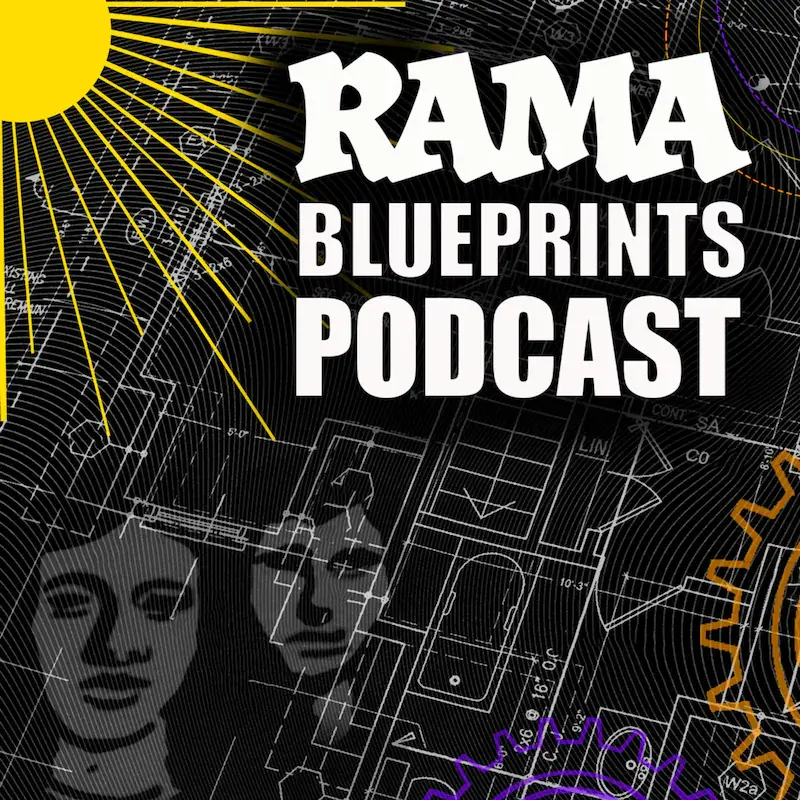“Behavioral health is key in prevention programs, and psychologists are the architects and engineers
- Eduardo Morales, PhD.

- Jul 19, 2022
- 2 min read
Updated: Aug 23, 2022
By Eduardo Morales, Ph.D.

When it comes to providing services to the LGBT Latino community in San Francisco, Eduardo Morales, PhD, prefers to start with the dining room rather than the waiting room. His research has shown that people bond better in environments that reflect their cultural values and where they are comfortable. So as executive director of AGUILAS (Spanish for “Eagles” — a non-profit gay Latino self-empowerment organization), he has people gather over dinner to bond first, before they take part in more structured therapy.
Extending a Hand HIV/AIDS prevention program called “El Ambiente” (Spanish for “atmosphere”), which gives people the support and help they need to sustain safe sexual practices. One of the challenges in doing this, however, is that the population AGUILAS serves is hard to reach and often feels marginalized. The first step is creating a welcoming environment where people feel comfortable and valued.
“These feelings affect the psychological perspective of those who engage in risky behaviors,” says Morales.Another challenge is the oppression and sense of isolation that many members of minority groups often experience. Morales, a distinguished professor and associate director of the Clinical PhD Program at The California School of Professional Psychology in San Francisco, calls AGUILAS a safe haven that helps overcome the barriers to positive behavior change in several ways. For example, activities include new member orientation sessions, discussion groups, skills-building workshops and overnight retreats.
Individual activities include risk-reduction counseling in both Spanish and English.
The hope is that the environment AGUILAS creates will enable members to build support networks that last beyond their involvement with the program. Saving Lives with Psychology
The El Ambiente program is firmly anchored to outcomes, because “You need to know the effect you are having and how a person has demonstrated change [in high-risk behaviors]”, Morales says. To help AGUILAS determine the program’s outcomes, it administers a questionnaire to assess HIV risk and substance abuse, with follow-up at six months. Data show that El Ambiente works in helping people reduce their risk of HIV infection. For instance, the 2010 San Francisco HIV Prevention Plan says that there are three new cases of HIV in the city every day. From 2002 to 2009, only three people participating in El Ambiente converted from HIV negative to HIV positive in those eight years, according to program data. This success is due in part to the work of psychologists applying their understanding of emotion, behavior and behavior change to help people make health promoting choices. “Behavioral health is key in prevention programs,” he says, “and psychologists are the architects and engineers of behavioral health.”





Comments